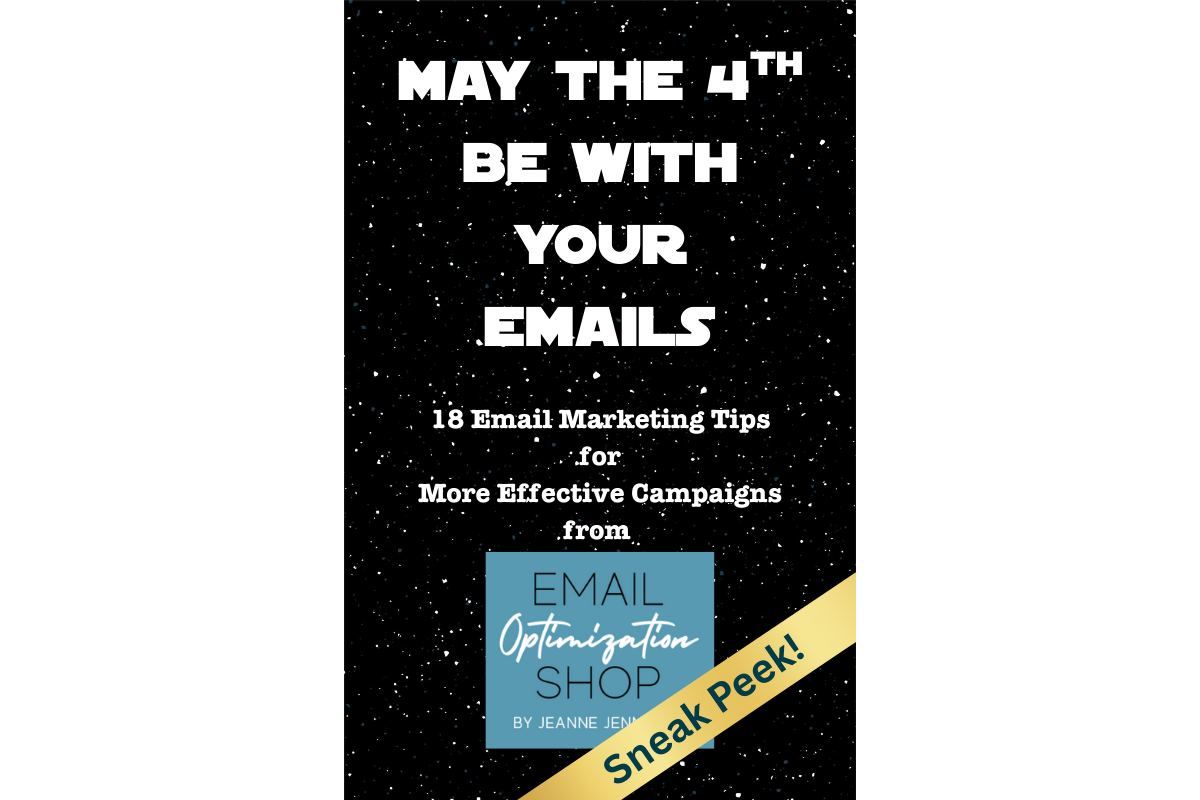When Apple announced its Mail Privacy Protection (MPP) initiative in June 2021, much of the email marketing industry acted like the sky was falling. I don’t put myself in this camp, but I was concerned, and I did publicly state that open rates were going to be useless once MPP was fully rolled out.
For those of you who missed it, under MPP opens are triggered automatically on all email messages going to Apple devices, whether or not the recipient actually opens the email. This makes it impossible for marketers to know which opens are real, and which are Apple MPP ‘zombie’ opens.
In September 2021 MPP began to rollout with iOS 15. Although there had been rumors of tools being developed to distinguish Apple MPP faux opens from real opens, I’d not seen one. I, along with the rest of the industry, held our breath and waited for our open rates to skyrocket.
And then they didn’t.
Initially this was blamed on a slower-than-usual rollout for iOS 15. But as I waited, I still didn’t see the huge impact we can expected.
Finally, in October, my perspective on MPP and open rates changed. For a couple reasons, I believe that going forward we will keep on using the open rate pretty much as we always have.
Reason #1: Open Rates Have Always Had a Margin of Error
Clicks are tracked using a ‘jump page’ between the email and the final landing page. People hit this page for a split second when they click on an email, then a click is tallied, and they are sent on to the intended landing page. With this method of tracking, there’s either a click or there’s not a click, making people feel comfortable that the CTR metric is highly accurate.
Opens are tracked differently. The ‘jump page’ mechanism used for CTR doesn’t work here. Instead, a tiny, invisible image is in the email message; when the email is opened, the server is pinged to deliver the image, causing an open to be tallied.
When it was introduced, circa 2000, many found the open rate metric to be controversial, citing two situations which could introduce error in it:
- The recipient’s email client must have images enabled for an open to be tracked. Back in 2000, and even today, many email clients block images by default. The recipient must enable images, either globally or on a message-by-message basis to see them. A person could read an email thoroughly, once, twice or ten times, and if images are disabled no open will be recorded.
- If images are enabled, they can render and track an open even if the recipient doesn’t read the email. Back then and still today, many people have preview panes enabled on their email clients, which allow them to quickly see some, but not necessarily all, of the content in an email message. If a recipient scrolls quickly through their inbox and an email is rendered in the preview pane with images enabled, an open will be triggered. This is true even if the person doesn’t read any of the email message.
This margin of error jeopardized adoption of the new open rate metric. But eventually the industry came around and accepted the open rate as a relative or directional metric; we justified this by making the assumption that the margin of error should be relatively the same for a given list, from send-to-send and between different segments of the same list.
Side note: You could argue that because of bot clicks, CTR also includes a margin of error. But this wasn’t a top-of-mind issue in 2000, when the open rate metric was introduced. And to date I’ve never heard of anyone lobbying to get rid of the click-through rate because it’s not 100% accurate.
Fast forward to last year.
MPP will definitely introduce more faux opens into the system, inflating the open rate metric. But if you think about it, all this means is that the margin of error in the open rate is larger than it was previously. If we continue to assume that the margin of error is roughly the same for a given list from send-to-send and between different segments of the same list, then we can still use the open rate as a relative or directional metric.
Reason #2: Email Marketers are Too Busy for DIY
I’ve seen articles detailing do-it-yourself (DIY) ways to parse your sends or opens so you can identify the MPP faux opens and remove them from your metrics.
That’s certainly an option, but email marketing teams are notoriously under-resourced. It’s a sad state of affairs for a channel that is usually number one in terms of return-on-investment (ROI), but that’s the way it is.
Most of the in-the-trenches email marketing professionals I work with are struggling to get everything they need and want to do done in a forty (or more) hour work week. In order for something to be added to their plate and prioritized so it gets done, there’s got to be a lot of benefit. I don’t see that level of benefit coming from adjusting the margin of error on open rates.
Add to that the fact that this parsing would need to be done for every send… I just don’t see it happening.
Reason #3: Email Marketers Won’t Pay for Functionality
As I mentioned, right after the MPP announcement there were rumors about vendors building tools to differentiate between MPP faux opens and real opens to keep the margin of error in open rates the same as it always has been. But I’ve not heard of anyone actually launching such a tool.
I don’t think this is because developers aren’t able to make the distinction and narrow the margin of error for email marketers. I think that when vendors really thought it through, they realized that the cost to do this was more than zero, while what email marketers were willing to pay for the functionality was zero.
Most companies see email platforms as a commodity. This has driven the price of platforms down dramatically over the years, as buyers focus more on cost then on features. Combine this with the fact that most email marketing teams are using just a small percentage of the features already available in their platforms, and the bottom-line value of the upgrade, and there’s not a business case to pay for this.
I don’t even see a tool like this being a differentiator – I don’t see email marketers choosing one platform over another just because of this functionality.
Conclusion… and Hope
These three reasons are why, almost three months into the launch of iOS 15, I think most email marketers will continue to use the open rate metric just as they always had before MPP existed.
I do hope that one thing changes with MPP. I hope that more email marketers understand the margin of error in open rate and change the way they use it. For instance,
- Open rate has rarely been a good key performance indicator, even when you’re testing subject lines
- Open rate has never been a good indicator of how engaged your audience is
- On an individual level, open rate does not mean an email was read or even looked at
Stay safe, be well,
jj






